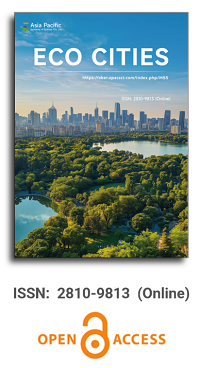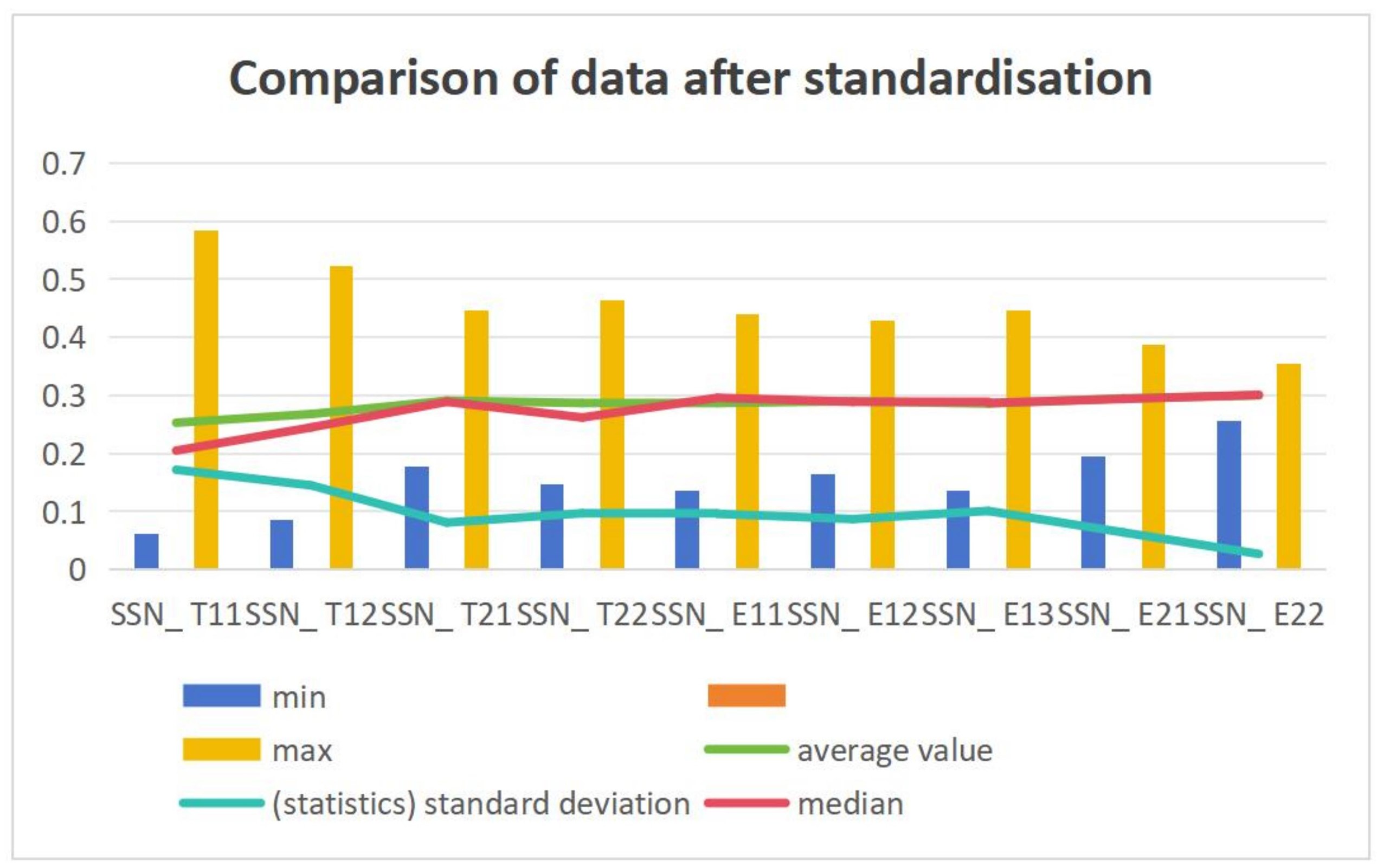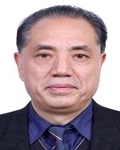


Goal orientation and action path of eco city cluster construction
Vol 1, Issue 1, 2020
Download PDF
Abstract
Eco urban agglomeration is a highly harmonious compound ecosystem between man and nature, and a highly cooperative regional environmental community among environmental actors. The goal of eco city cluster construction is to optimize the overall function of regional ecosystem, improve the service quality of ecosystem, and form a highly unified urban aggregate of ecological space, ecological environment, ecological economy and ecological society. The action path of eco urban agglomeration construction is to innovate the system and mechanism of regional environmental governance, realize the cooperative governance of urban agglomeration environment, realize the coordination and connection of policy planning, regional environmental legislation cooperation and environmental supervision and management cooperation. Coordinate the management of the ecosystem of urban agglomerations, promote the construction of ecological functional areas of urban agglomerations, optimize the ecological spatial structure of urban agglomerations, and adhere to the ecological red line of urban agglomerations. By planning ecological cities and developing ecological economy, multiple subjects jointly promote the construction of ecological cities in urban agglomerations.
Keywords
References
- William ER. Global change, urban (un)sustainability and the vulnerability of cities: An ecological footprint perspective. Seeking Truth 2006; (4): 9–11.
- Shen Q. Analysis of Rodney R. White’s academic thought of eco city. Journal of Urban Planning 2009; (6): 111–118.
- Chen S, Zhang H, Lin J, et al. City community ecology: Ecological interpretation of urban agglomerations. Economic Geography 2005; (6): 810–813.
- Honachefsky WB. Ecologically based municipal planning. Roca Eaton: Lewis Publisher; 1999.
- Fang C, Song J, Lin X. Theory and practice of sustainable development of urban agglomeration in China. Beijing: Science Press; 2010.
- Dong X. Observation of environmental problems in urban agglomeration and exploration of environmental protection model. Environmental Protection 2012; (4): 42–44.
- Ye N. Sustainable city: Dual management of metropolitan and biosphere. Jiangsu Social Sciences 1999; (6): 171–76.
- Ke Y. Systematic strategic thinking on the construction of Wuhan eco city circle. China’s Collective Economy 2008; (19): 36–37.
- Chen X. On Gary Snyder’s view of Ecological Region. Foreign Language Teaching 2009; (4): 80–83.
- Thomas B. Ecological era. Research on Dialectics of Nature 2003; (11): 11–16.
- Wang Y. Urban agglomeration environmental community: Concept definition, characteristic analysis and formation logic. Journal of Beijing Institute of Administration 2015; (5): 19–28.
- Yang Q, Li S. Some problems on the division of ecological regions in China. Journal of Ecology 1999; (5): 596–601.
- Chen S, Liu Y, Peng L. Evolution law and regulation mechanism of urban ecological space—A case study of Nanjing. Journal of Ecology 2008; (5): 2270–2278.
- Wang C, Zhu S, Dang L. Study on spatial classification of key ecosystems in Liaoning Coastal Zone. Resource Science 2014; (8): 1739–1747.
- Wang Y, Lu W. Youhua chengshiqun shengchan shenghuo shengtai kongjian jiegou de zongti silu (Chinese) [General idea of optimizing the production and living ecological spatial structure of urban agglomeration]. China Development Observation 2014; (1): 29–30.
- Zeng T. Study on evaluation index system and model of Ecological Urban Agglomeration—Taking Chang Zhu Tan urban agglomeration as an example. Technology and Industry 2011; (7): 87–90.
- Wang R, Li F, Han B, et al. Urban compound ecology and ecological space management. Journal of Ecology 2014; (1): 1–11.
- Xie J. Xinxing chengzhenhua buju chengshi shengtai kongjian (Chinese) [New urbanization layout urban ecological space]. China Environment News, 2014 Mar 18.
- Ministry of Environmental Protection, Development and Reform Commission, Ministry of Finance. Guanyu jiaqiang guojia zhongdian shengtai gongnengqu huanjing baohu he guanli de yijian (Chinese) [Opinions on strengthening environmental protection and management of national key ecological functional areas]. Bulletin of the State Council of the People’s Republic of China, 2013.
- Yu K. Landscape ecological security patterns in biological conservation. Acta Ecologica Sinica 1999; (1): 8–15.
- Xie Z. National strategy for the construction of ecological civilization in China. Administrative Reform 2013; (6): 9–15.
- Wang X. Ecological civilization urban corridor industrial and spatial planning based on ecological perspective. 2008 Urban Planning Annual Conference in China; 2008 Sep; Dalian. Dalian: Dalian Publishing House; 2008.
- Naveh Z. The total human ecosystem: Integrating ecology and economics. In: Naveh Z, Lieberman AS (editors). Landscape ecology: Theory and application. New York: Springer-Verlag; 1994.
- Wang Y. Government cooperation dilemma and front-end governance in environmental governance. Journal of Guangdong Institute of Petrochemical Technology 2012; (1): 78–83.
- Zhou S, Yi N, Yi L. Research on cooperative legislation of regional air pollution prevention and control—Taking the Yangtze River Delta as an example. Journal of Ningbo Radio and Television University 2015; (1): 39–44.
- Wang W. The situation of regional air pollution prevention and control is very serious. Can Beijing, Tianjin and Hebei cooperate in legislation? China Environment News, 2014 Jul 9.
- Wang Y. Interest coordination in environmental governance of urban agglomeration. Journal of Hubei University of economics 2016; (6): 55–61.
- Christensen NL, Bartuska AM, Brown JH, et al. The report of the ecological society of America Committee on the scientific basis for ecosystem management. Ecological Applications 1996; (3): 665–691.
- Liu C. Environmental legal expression of ecological space regulation. Journal of Law 2014; (5): 22–32.
- Zhang Y, Yu B. Urban ecological network space evaluation and pattern optimization. Journal of Ecology 2016; (21): 6969–6984.
- Guo R, Miao C. Study on ecological spatial structure of urban agglomeration. Economic Geography 2007; (1): 104–107.
- Yan Z, Wu H. Delimits ecological control line. China Environment News, 2012 Feb 24.
- Chen H. Road map for the construction of “ecological red line” system. China Population, Resources and Environment 2015; (9): 52–59.
- Zhang L. Building an ecological city: A rational choice of urban construction in China. Weishi 2007; (6): 47–50.
- Ye L. Construction concept of ecological city. City Watch 2012; (1): 125–131.
- Ju M. Theory and practice of eco city construction. Beijing: Chemical Industry Press; 2008. p. 3.
Supporting Agencies
Copyright (c) 2020 Yuming Wang
License URL: https://creativecommons.org/licenses/by/4.0/

This site is licensed under a Creative Commons Attribution 4.0 International License (CC BY 4.0).

Chinese Academy of Sciences, China
Indexing & Archiving
Asia Pacific Academy of Science Pte. Ltd. (APACSCI) specializes in international journal publishing. APACSCI adopts the open access publishing model and provides an important communication bridge for academic groups whose interest fields include engineering, technology, medicine, computer, mathematics, agriculture and forestry, and environment.



.jpg)

.jpg)



